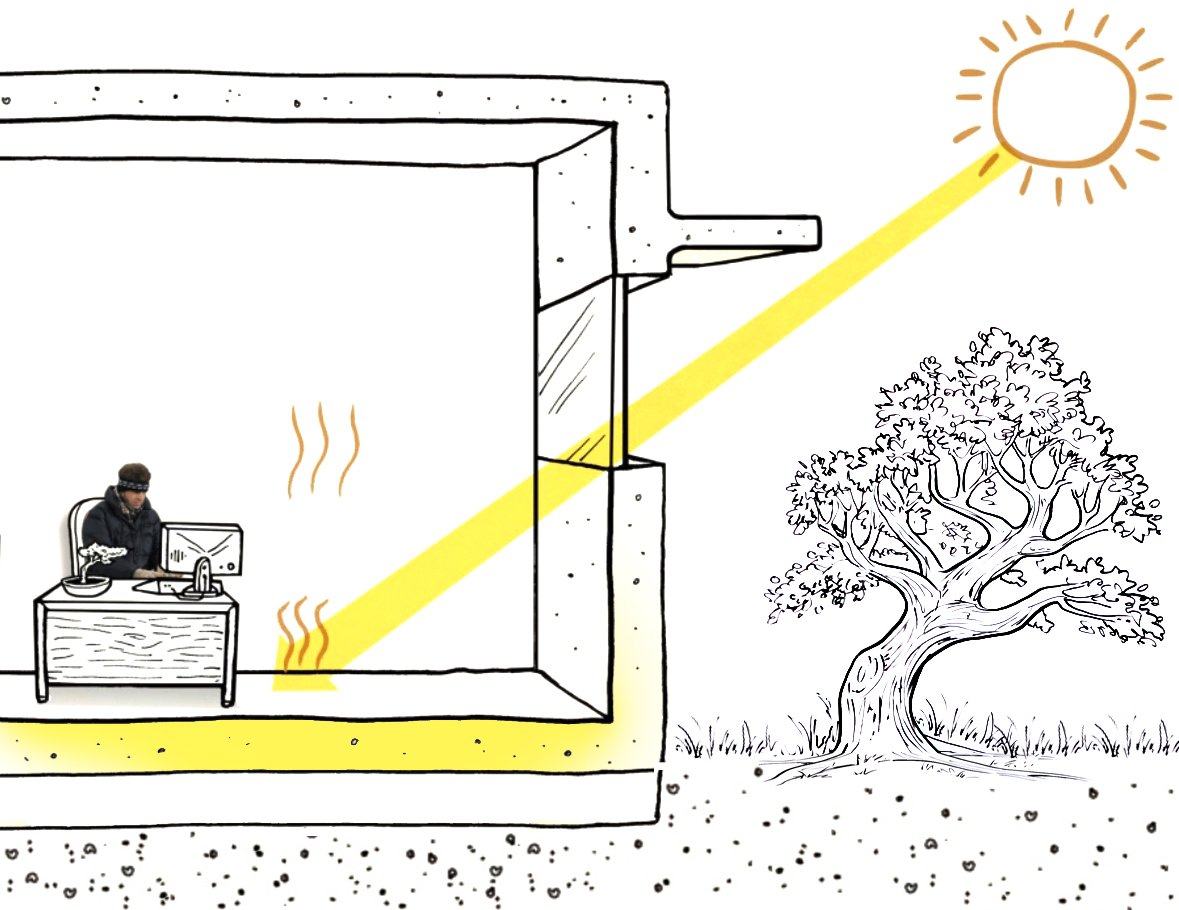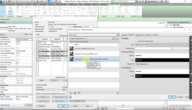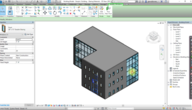You are here
Windows and other apertures bring in heat from sunshine, but can also lose heat by radiant cooling and by conducting heat better than most wall or roof constructions. Apertures and shading must be intelligently placed to take advantage of the sun's heat in cold locations and seasons, while not overheating in hot seasons.
Placement matters for heating and cooling in much the same way it matters for daylighting. Openings facing towards the sun's path or on top of the building can pull in large amounts of heat - usually more than east or west apertures.
As with daylighting, glazing with the right properties must be chosen for the right orientations. For example, a window that lets in plenty of useful heat when located in one side of the building might allow terrible heat loss if located in another side.
However, there are some differences to consider when designing apertures for passive heating. Apertures facing away from the sun's path usually lose heat to the outside. In many climates, east windows can be desirable to warm spaces early in the day after a cold night. In warmer climates, west-facing windows can be especially prone to overheating.
Passive solar heating usually combines solar heat gain with thermal mass inside the building, to capture and store the sun's heat for slow release through the night.
 |
|
Solar heat gain on internal thermal mass |


